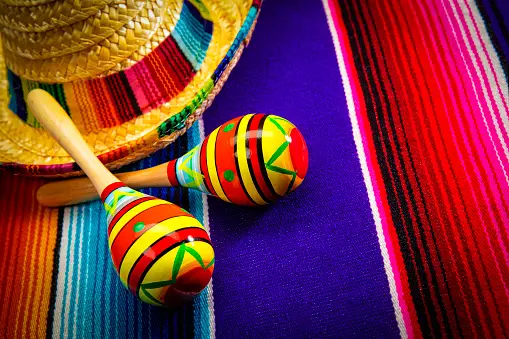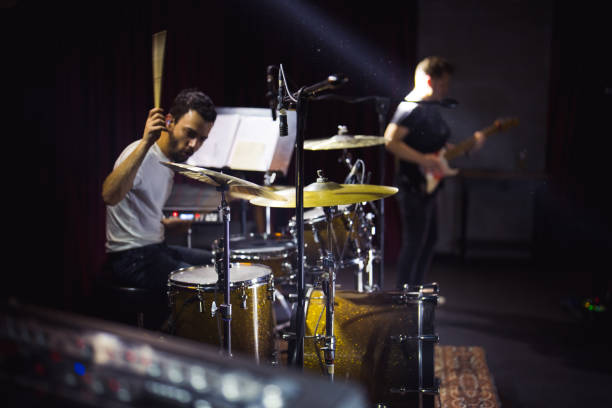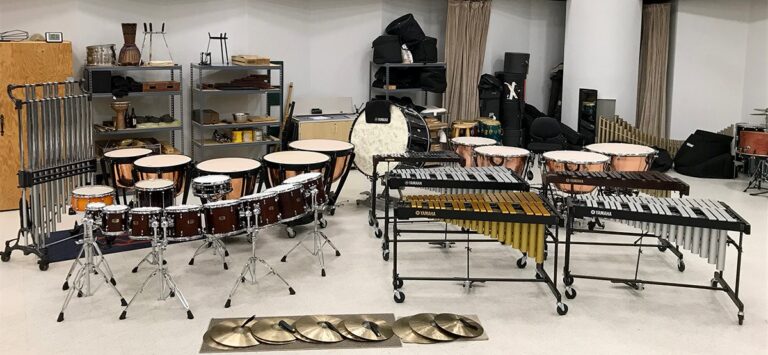Introduction to the Maraca
The maraca is a percussion instrument of the shaken idiophones subfamily that has enchanted audiences worldwide with its distinctive sound. The word maraca comes from the mbaracás in the Guarani language of South America. They produce a rhythmic shaking sound, adding texture and complexity to various musical compositions.
Maracas serve a dual purpose: they are both musical instruments and cultural artifacts. In music, they provide essential rhythmic accompaniment, enriching performances with their unique timbre. Culturally, maracas hold significant value in numerous traditions, embodying the spirit and heritage of the communities that use them.
Historical Origins of the Maraca
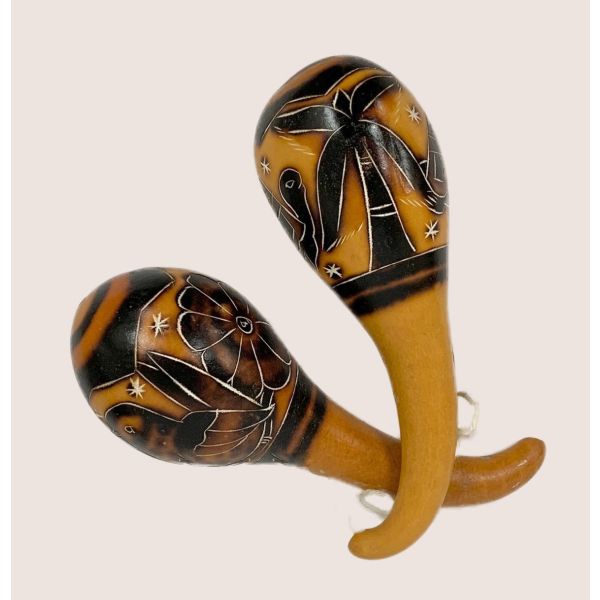
Rattles and similar percussion instruments have been used for millennia across diverse cultures around the globe. Often crafted from natural materials such as gourds, shells, and bones, these instruments served multiple purposes in ancient societies. In many indigenous cultures, rattles played a crucial role in storytelling, dance, and communal gatherings, providing a consistent beat that unified participants. The rattle transcended mere entertainment, embodying spiritual significance and social cohesion within various communities throughout history.
To uncover the origins of the maraca, we must journey back to indigenous cultures in Latin America and the Caribbean. The Taino people of Puerto Rico and Cuba are often credited with the creation of the maraca. They used dried gourds filled with natural materials to produce sound for rituals and ceremonies.
As European explorers and colonizers arrived in the Americas, they encountered these indigenous instruments and began incorporating them into their own musical traditions. This cultural exchange laid the foundation for the maraca’s widespread adoption and evolution.
Evolution of the Maraca
Over time, the maraca has transcended geographical boundaries and cultural contexts.
- Latin American Music: In genres like salsa, merengue, and cumbia, maracas play a vital role in maintaining rhythm and enhancing the overall sound.
- Caribbean Music: Calypso and reggae music also feature maracas prominently, contributing to their rhythmic foundation.
- Jazz and Pop Music: Artists have integrated maracas into jazz and pop music, showcasing the instrument’s versatility and global appeal.
The evolution of the maraca is a testament to its enduring relevance and ability to adapt to different musical landscapes.
Cultural Significance
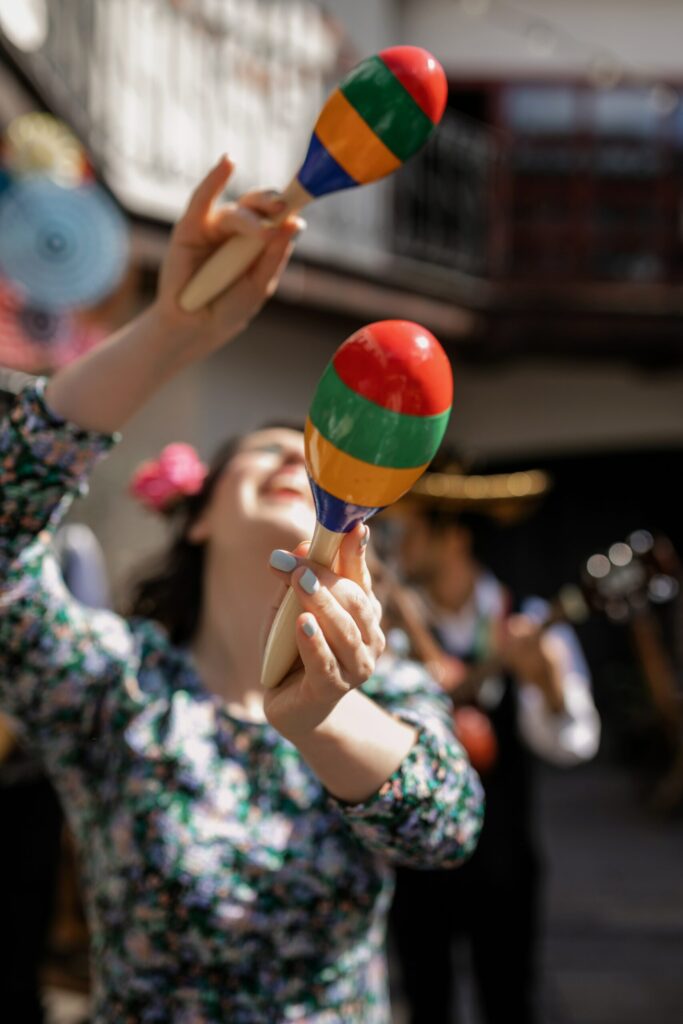
Maracas are more than just musical instruments; they are cultural symbols imbued with meaning. In many Latin American and Caribbean cultures, maracas are used in rituals, celebrations, and everyday life. From religious ceremonies to festive dances, maracas have played an integral role in expressing cultural identity and community spirit.
Varieties of Maracas
While the basic design of maracas remains consistent, there are various styles and materials used in their construction across different regions:
- Gourd Maracas: Traditional maracas made from dried gourds are common in indigenous cultures. Their natural resonance produces a warm, earthy sound.
- Wooden Maracas: Wooden maracas offer a sharper, more defined sound. They are popular in many Latin American musical genres.
- Leather Maracas: Leather maracas are a unique variation that stand out due to their distinctive construction and sound.
- Plastic Maracas: Modern plastic maracas are durable and produce a consistent sound. They are often used in educational settings and by contemporary musicians.
Maracas in Contemporary Music

In contemporary music, maracas continue to make their mark. They are featured in a wide array of genres, from world music to pop and rock. Notable artists such as Santana and The Rolling Stones have incorporated maracas into their performances, showcasing the instrument’s versatility and enduring appeal.
The use of maracas in modern music highlights their global impact and ability to transcend cultural boundaries. As musicians continue to experiment with new sounds and styles, the maraca remains a valuable tool in their creative arsenal.
Conclusion
The journey of the maraca from its humble origins in indigenous cultures to its status as a global musical instrument is a story of cultural exchange, adaptation, and innovation. Its significance extends beyond music, embodying the spirit and heritage of the communities that cherish it.
As we look to the future, the maraca’s role in the global music landscape appears secure. Its unique sound, cultural importance, and versatility ensure that it will continue to inspire and captivate audiences for generations to come.

